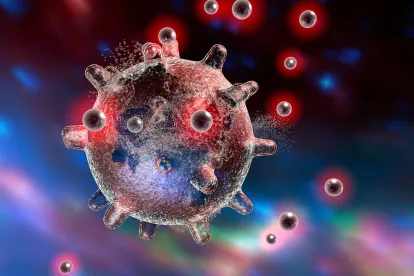The European Commission’s (EC) Scientific Committee on Health, Environmental and Emerging Risks (SCHEER) published on January 14, 2019, a statement and a position paper on emerging health and environmental issues. SCHEER identified and prioritized 14 emerging issues to bring to the attention of the EC services, including:
- Micro- and nano-plastic in the environment (priority is uncertain):
- Source: Urban and industrial wastewater. Agricultural soils treated with wastewater treatment plant (WWTP) sludge. Macroplastic debris. Tire debris.
- Preliminary estimation of importance: Considering the amount of the emissions, the issue could be of high importance. The available information on actual exposure in the different environmental compartments, as well as on the effects on living organisms, is still highly controversial, however. The sampling methods for micro-plastic as well the analytical methods are not standardized and different procedures, providing different results, are used in monitoring studies. Therefore, measured data in the aquatic environment reported in the literature are often difficult to compare. As for the effect assessment, micro-plastic (arbitrarily defined as bigger than one microgram (µm)) should not cross cell membranes and, if ingested, should remain in the digestive system, producing only physical effects. On the contrary, nano-plastics can probably enter the cells and, possibly, interact with cell metabolism. To date, these are just hypotheses, however. There is some evidence in the literature of the cellular uptake of nano-plastic, but the threshold below which this may occur is unknown, as well as the type of biological effects.
These uncertainties point to the need for a better assessment of hazard and risk. It is SCHEER’s opinion that the standardization of methods for assessing exposure, as well as the development of methods for assessing the different behavior in living organisms of micro- and nano-plastics, represent urgent priorities.
- Nanoparticles released from building materials and construction waste to the environment (priority is high):
- Sources: Nanomaterials are found in construction products, primarily in surface coatings, concrete, window glass, insulation, and steel. Not all of them contain nanoparticles. Some nanomaterials may be hazardous due to the presence of very small particles and the similarities observed between some nanomaterials and asbestos fibers, however. The involved materials have potential impact on both human health and on the environment. The most used are titanium dioxide, silicon dioxide, silver, copper oxide, and calcium carbonate. Also, there are some nanomaterials in cement such as silicon dioxide, aluminum oxide, ferric oxide, zirconium dioxide, carbon nanotubes, and carbon nanofibers. Titanium dioxide particles or antimicrobial silver nanoparticles or even carbon nanotubes provide concrete with self-cleaning properties, or antimicrobials or give it with improved strength and potentially electrical conductivity.
- Preliminary estimation of importance: 3 (high).
The position paper on emerging issues and the role of SCHEER describes how SCHEER draws the attention of the EC services to emerging issues in the non-food area.




 />i
/>i
